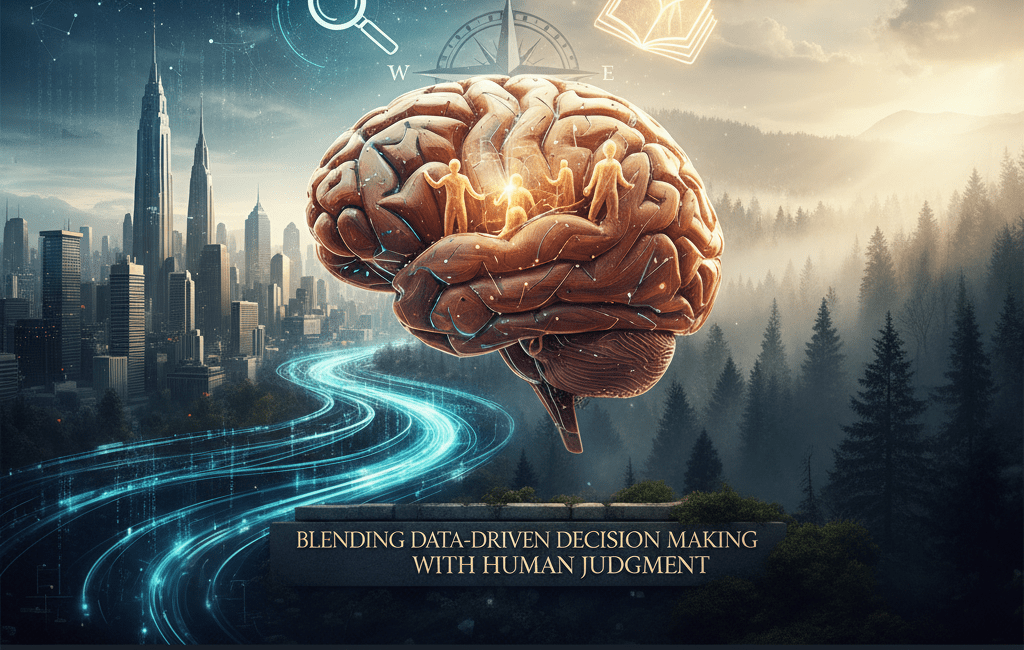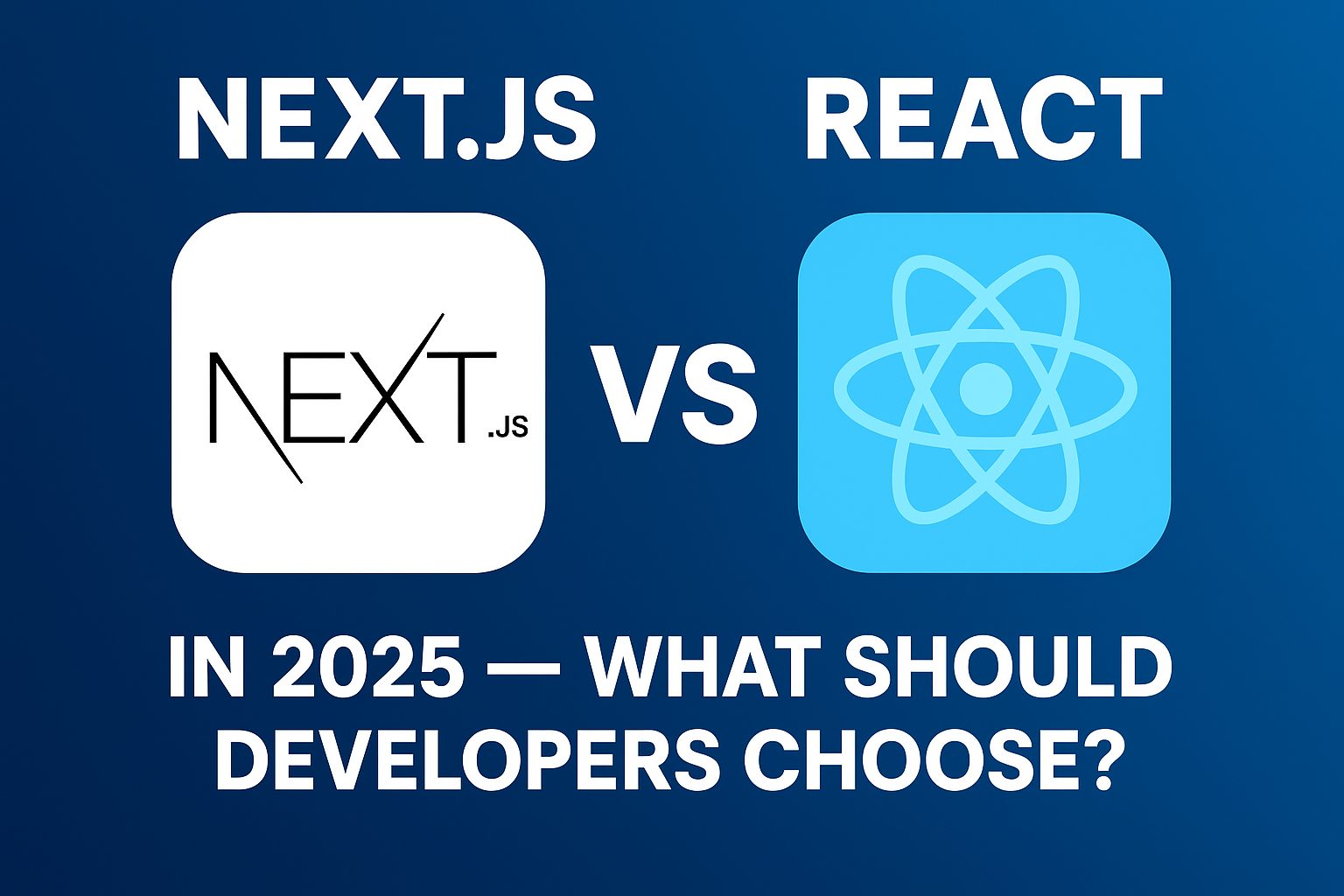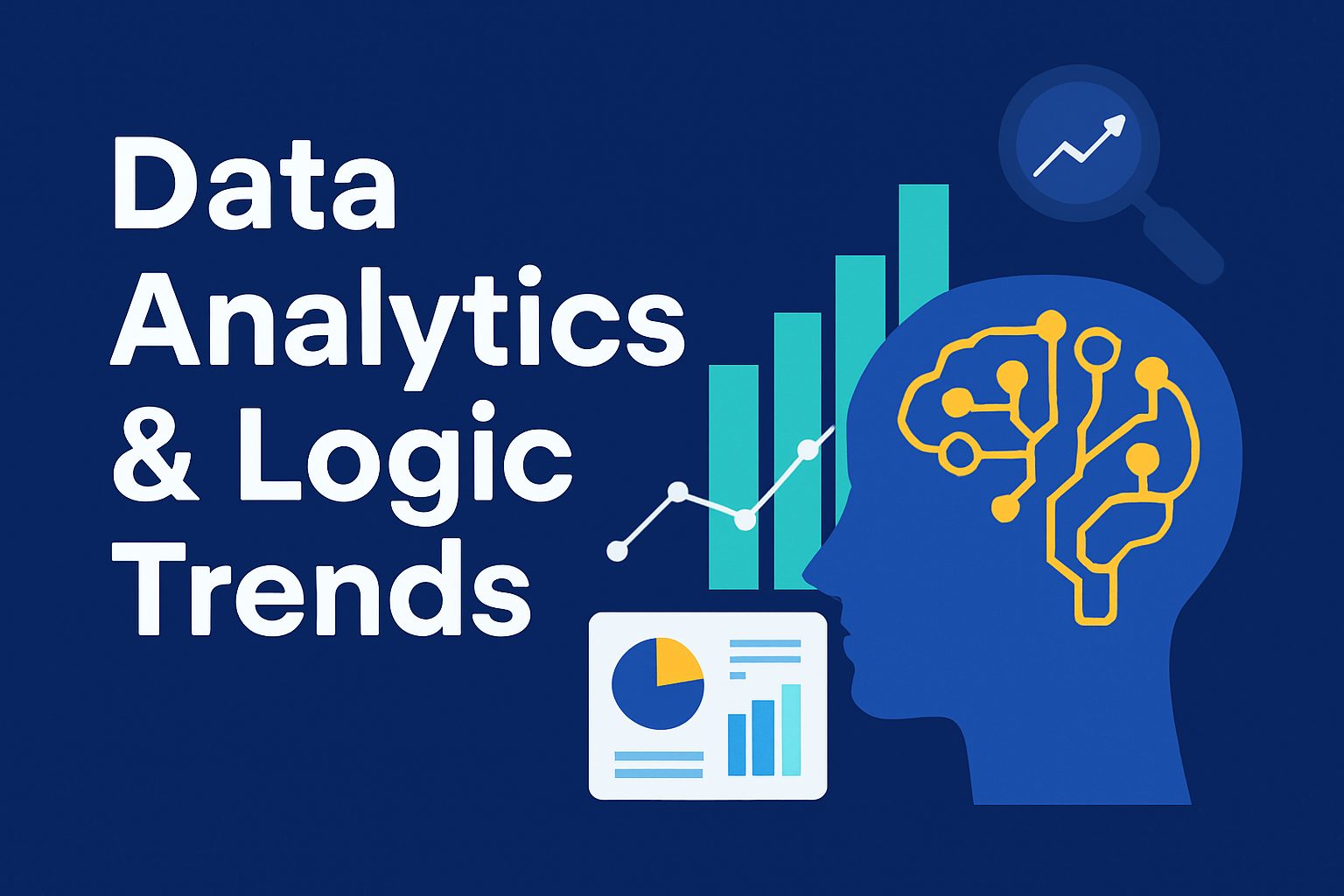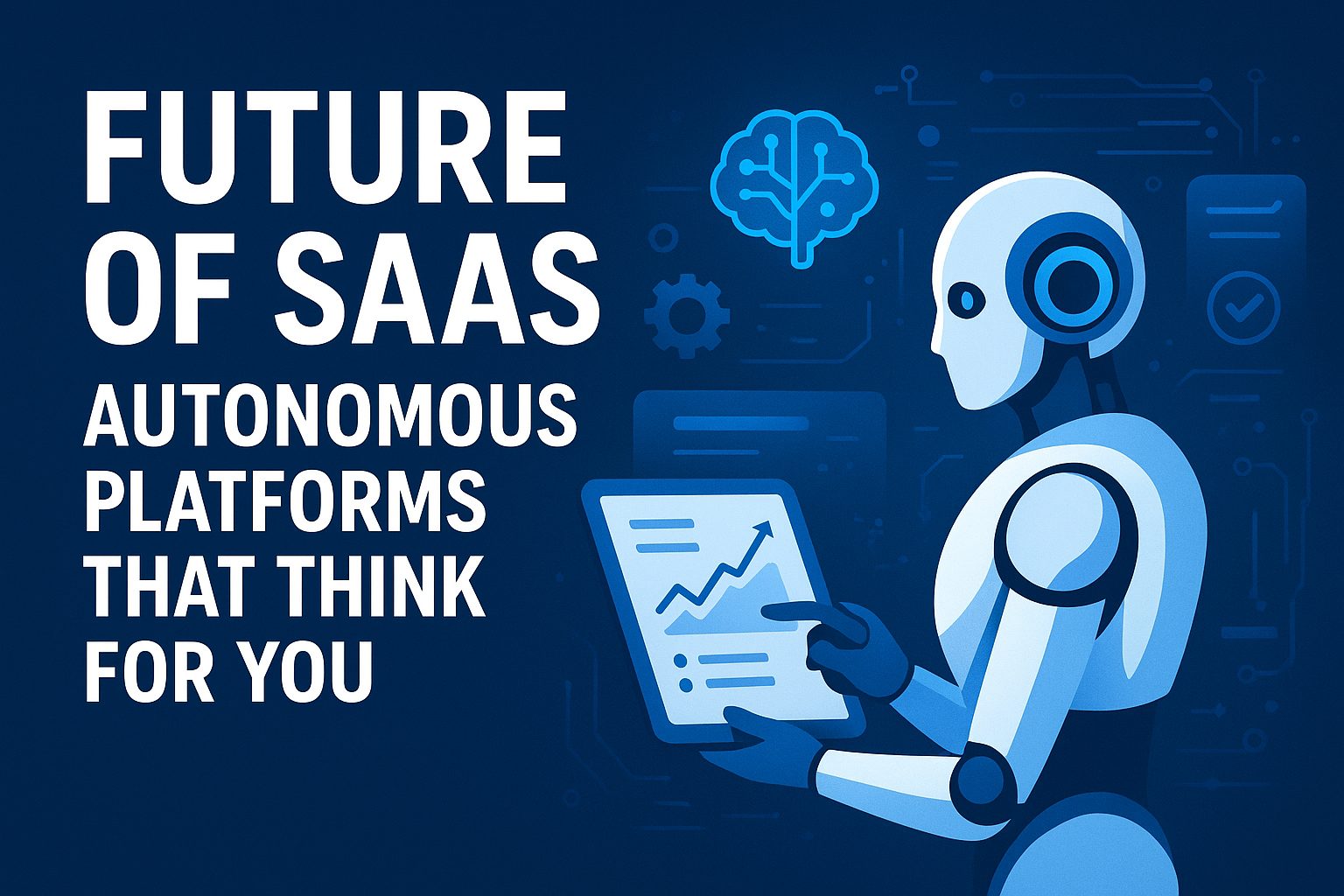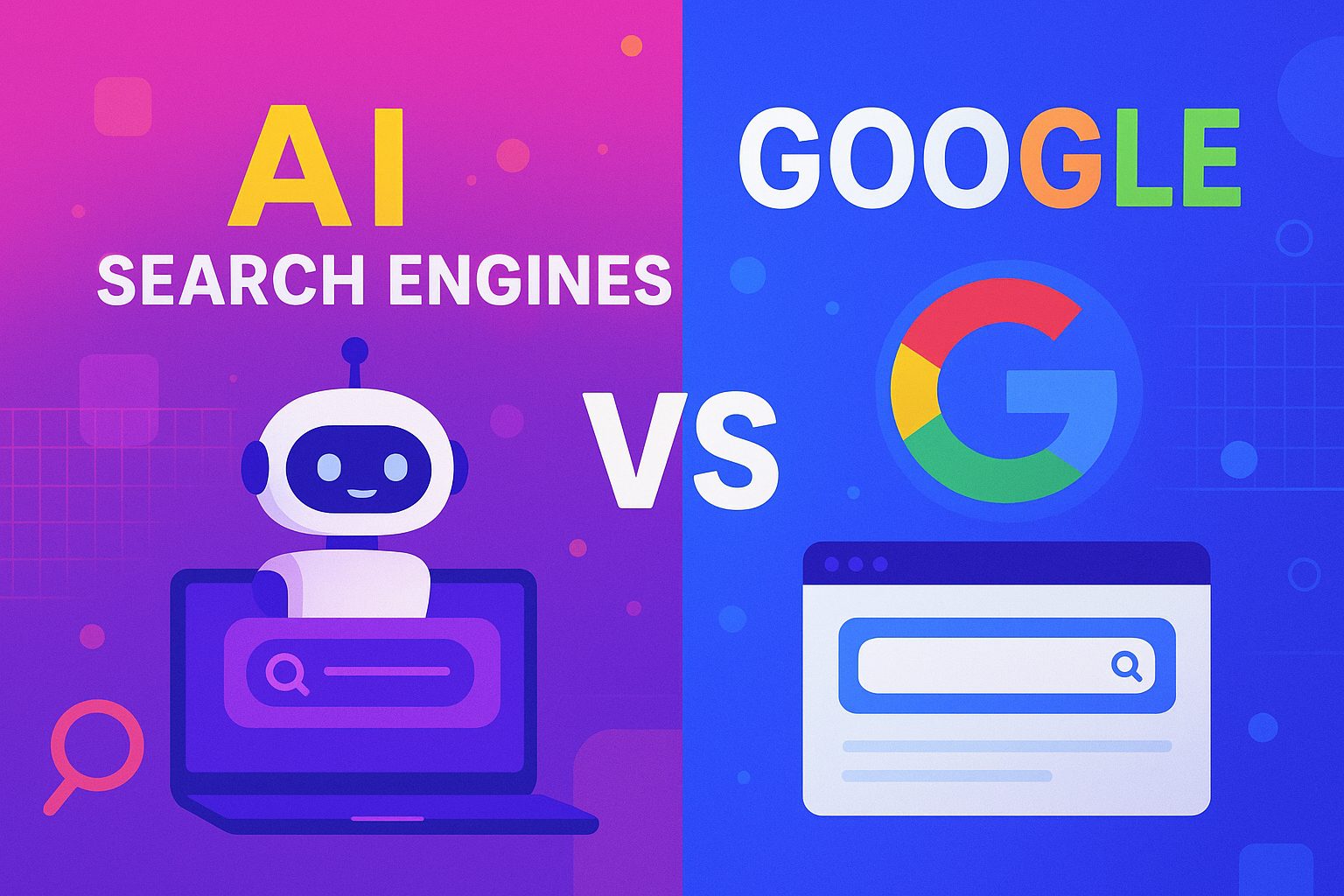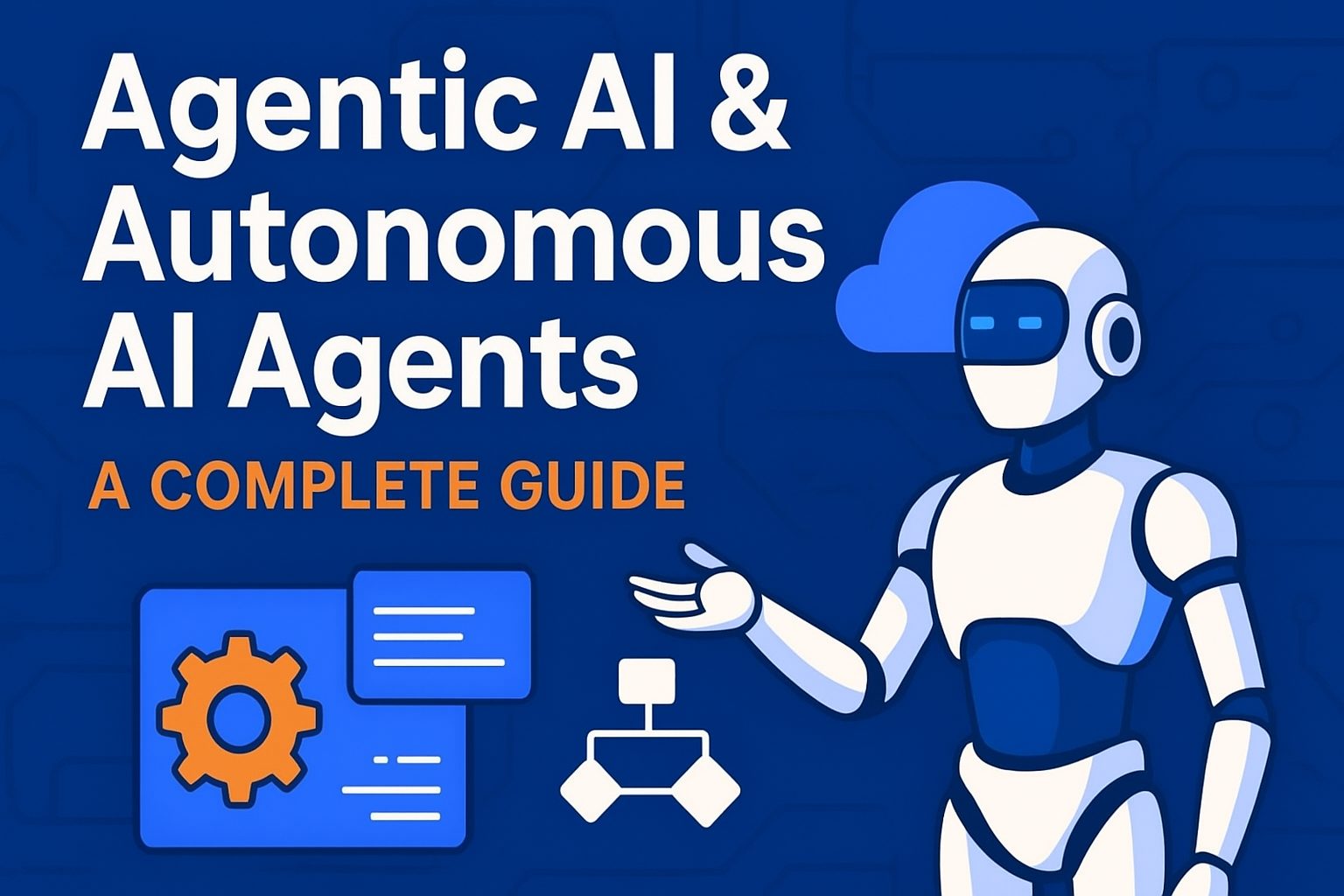In today’s hyperconnected business environment, data has become the lifeblood of decision-making. From marketing campaigns to strategic investments, organizations rely heavily on analytics and AI to guide their next move. However, while data provides clarity, it cannot replace the nuanced thinking, creativity, and intuition that humans bring to the table. The real power lies in blending data-driven insights with human judgment to make balanced, informed, and forward-looking decisions.
This combination isn’t about choosing one over the other — it’s about leveraging both to achieve smarter, more effective outcomes.
The Power of Data-Driven Decision Making
Data-driven decision making (DDDM) involves using facts, metrics, and analytics to guide business strategies rather than relying solely on intuition or assumptions. With the growth of big data, artificial intelligence, and predictive analytics, companies now have access to more information than ever before.
Key benefits of data-driven decision making include:
- Objectivity and Accuracy:
Data removes emotional bias from the equation. Decisions backed by data tend to be more consistent, reliable, and measurable. - Predictive Power:
Advanced analytics can help businesses anticipate trends, forecast customer behavior, and prepare for future challenges. - Operational Efficiency:
Data enables organizations to streamline operations, identify bottlenecks, and optimize resource allocation for better productivity. - Performance Measurement:
With analytics dashboards and KPIs, companies can track performance in real time and make adjustments quickly.
However, even the most advanced analytics systems have limitations. Data may be incomplete, outdated, or lack context. That’s where human judgment steps in.
The Role of Human Judgment in Decision Making
Human judgment is shaped by experience, creativity, empathy, and intuition — qualities that no algorithm can fully replicate. Leaders often rely on these skills to interpret ambiguous data, assess risks, and make decisions that align with long-term vision and values.
Some areas where human judgment is essential include:
- Contextual Understanding:
Data shows what is happening, but humans understand why it’s happening. Contextual reasoning allows leaders to interpret numbers within the broader business environment. - Ethical and Emotional Considerations:
Decisions that affect people — employees, customers, or communities — require empathy and ethical reasoning, which data cannot provide. - Creative Problem Solving:
While data can identify patterns, it takes human creativity to find innovative solutions that go beyond what numbers suggest. - Experience-Based Intuition:
Seasoned professionals often detect subtle signals and patterns that raw data might miss, especially in uncertain or rapidly changing situations.
Why Balance Is the Key
Leaning too heavily on data can make organizations overly rigid, while relying solely on intuition risks ignoring critical evidence. The sweet spot is a balanced approach — one where data informs human judgment, and human insight guides the interpretation of data.
Here’s why this balance matters:
- Data informs, but humans decide: Data provides clarity, but it’s humans who understand the broader implications.
- Humans provide meaning to numbers: Data without interpretation can be misleading; human insight adds depth and narrative.
- Adaptive decision-making: Combining both ensures organizations can act swiftly, even when data is incomplete or contradictory.
For example, in marketing, analytics may show which ads perform best, but it’s human creativity that crafts the message and emotional connection. Similarly, in hiring, AI might shortlist candidates based on skills, but human recruiters assess cultural fit and potential.
How to Blend Data and Human Judgment Effectively
Building a culture that values both data and intuition requires structure, collaboration, and continuous learning. Here are key strategies to make this blend work:
1. Build a Data-Literate Workforce
Equip employees with the skills to interpret and question data. When everyone understands how to read analytics, discussions become more informed and decisions more balanced.
2. Encourage Cross-Functional Collaboration
Data scientists and decision-makers should work closely together. Analysts bring the numbers; leaders bring the context. This collaboration ensures insights are relevant and actionable.
3. Develop Decision Frameworks
Use frameworks that combine analytics with qualitative assessments. For instance, a decision matrix can weigh both data metrics and expert opinions equally.
4. Trust but Verify
Data should guide decisions, but not dictate them blindly. Encourage teams to validate findings against real-world experience and logical reasoning.
5. Foster a Culture of Continuous Feedback
Review past decisions — both successful and unsuccessful — to understand whether data or intuition played a stronger role. Learning from these outcomes helps improve future decision-making.
Real-World Examples of the Balance
- Netflix: The company uses massive amounts of data to personalize recommendations, but human judgment drives creative investments in original content.
- Tesla: Data guides product innovation, but Elon Musk’s visionary intuition determines bold strategic moves.
- Amazon: While algorithms optimize operations, leadership judgment shapes customer experience and long-term strategy.
These examples show that even data-centric giants recognize the importance of human insight alongside analytics.
The Future: Human-AI Collaboration in Decision Making
As artificial intelligence becomes more integrated into business operations, the need for human oversight will only grow. AI can process data faster than any human, but humans are needed to interpret its implications responsibly.
The future of decision-making lies in human-AI collaboration — where technology amplifies human potential rather than replaces it. Businesses that embrace this synergy will be more adaptive, innovative, and resilient in the face of uncertainty.
Conclusion
Data-driven decision making has revolutionized how organizations operate — but it’s not a replacement for human wisdom. The most successful companies are those that blend analytical precision with human intuition, empathy, and creativity.
By combining the strengths of both, businesses can make smarter, faster, and more meaningful decisions — not just for profits, but for people and progress.

